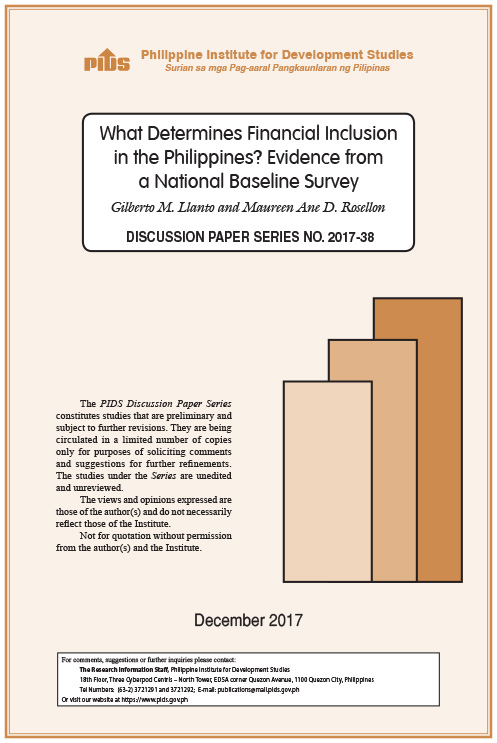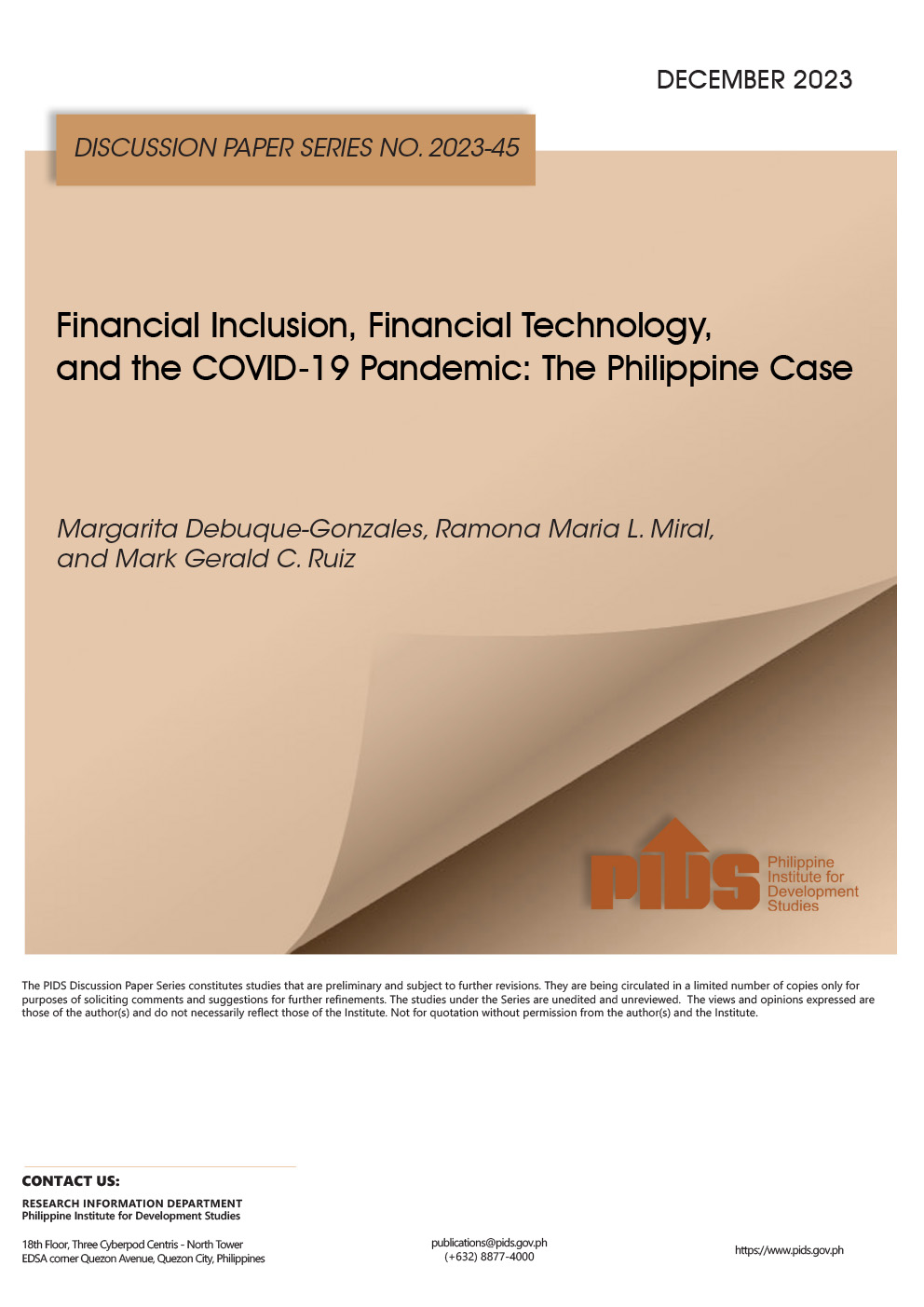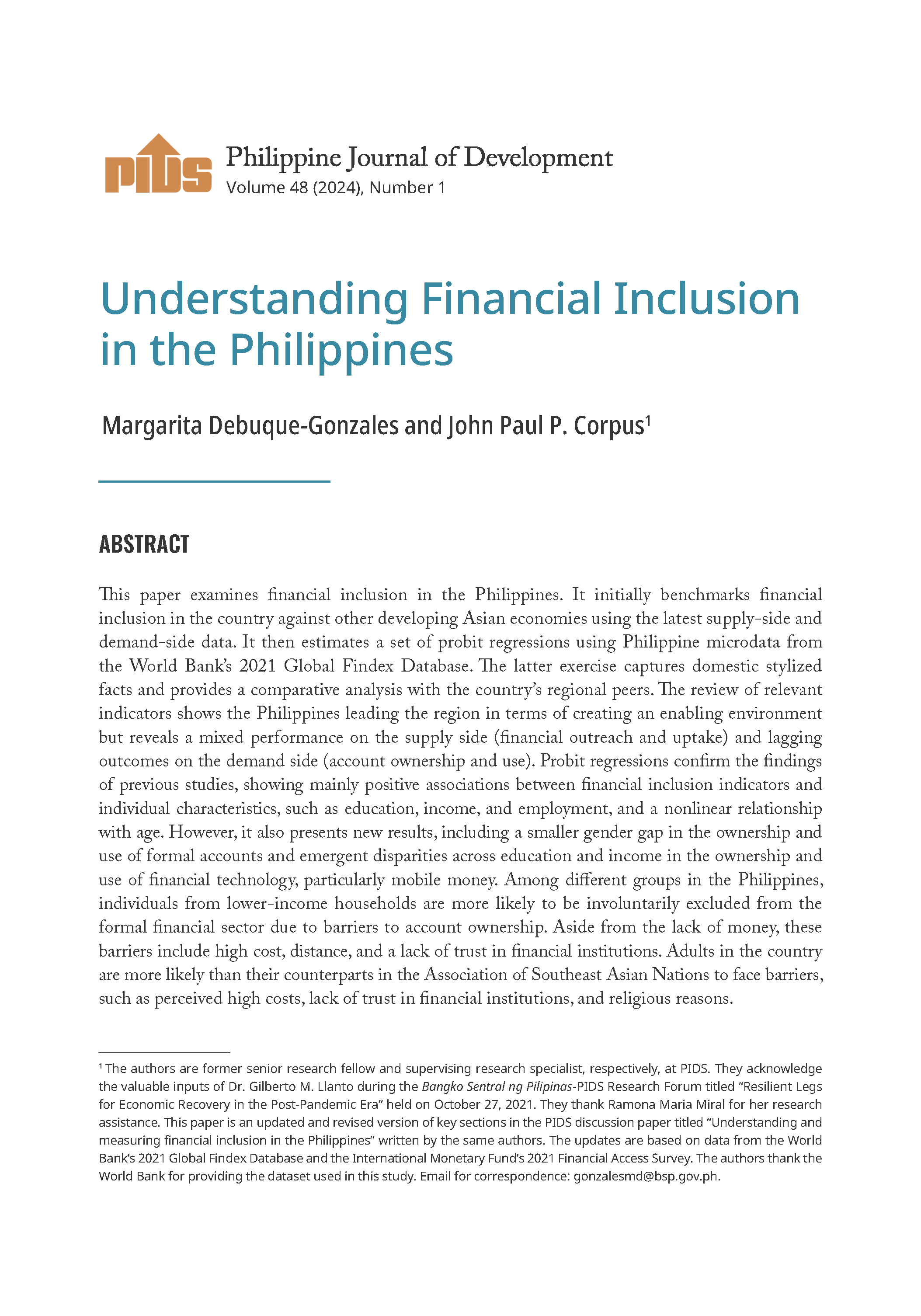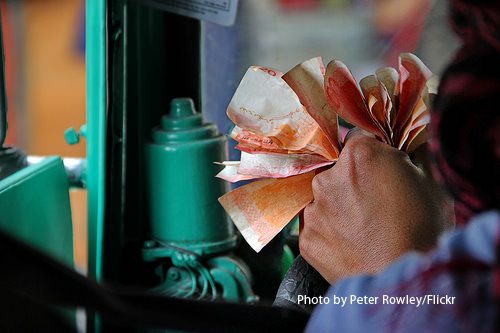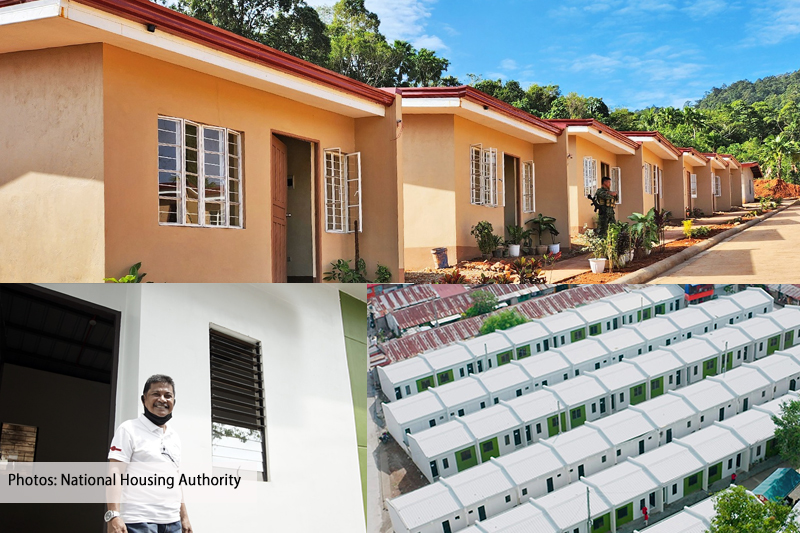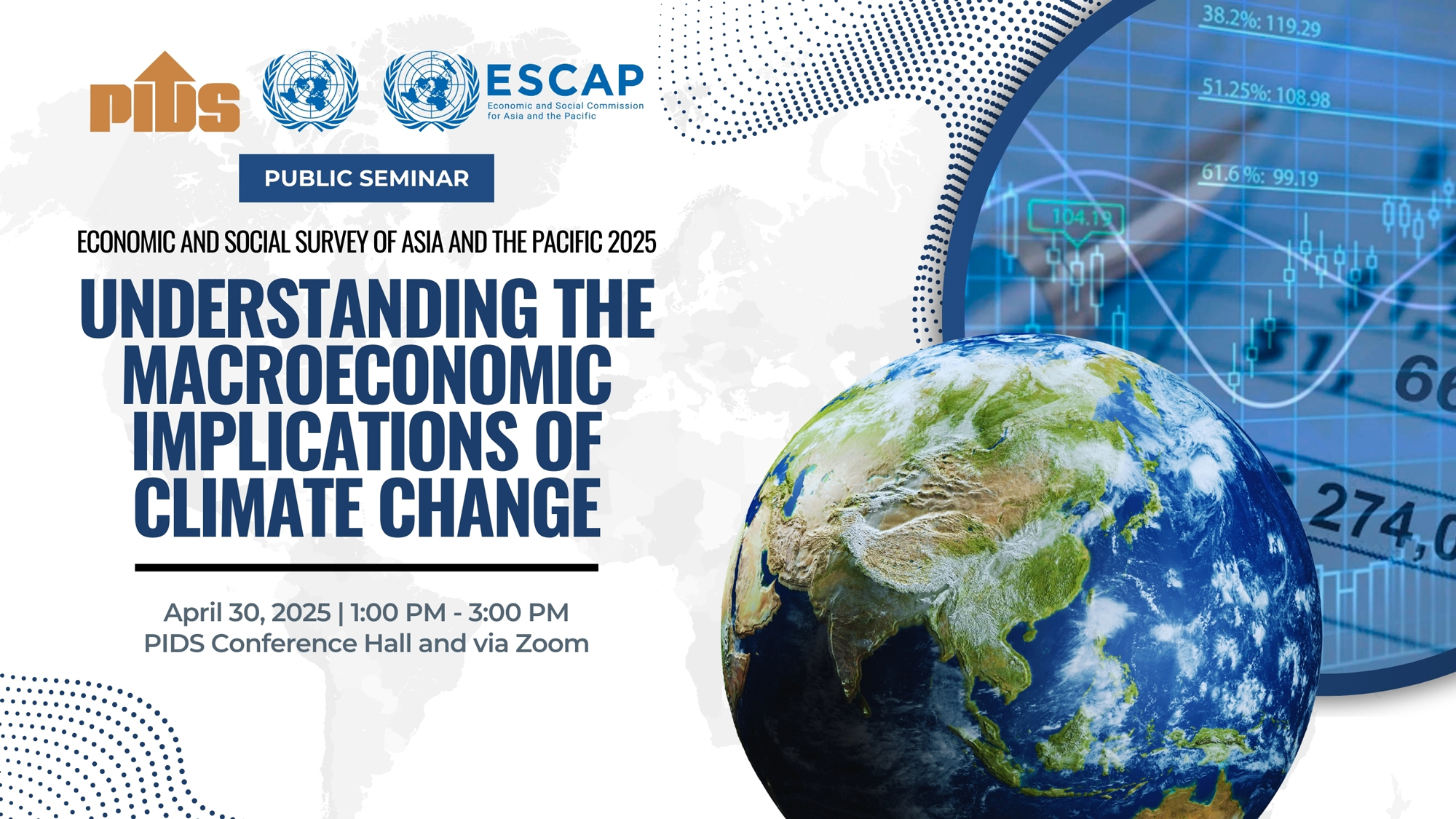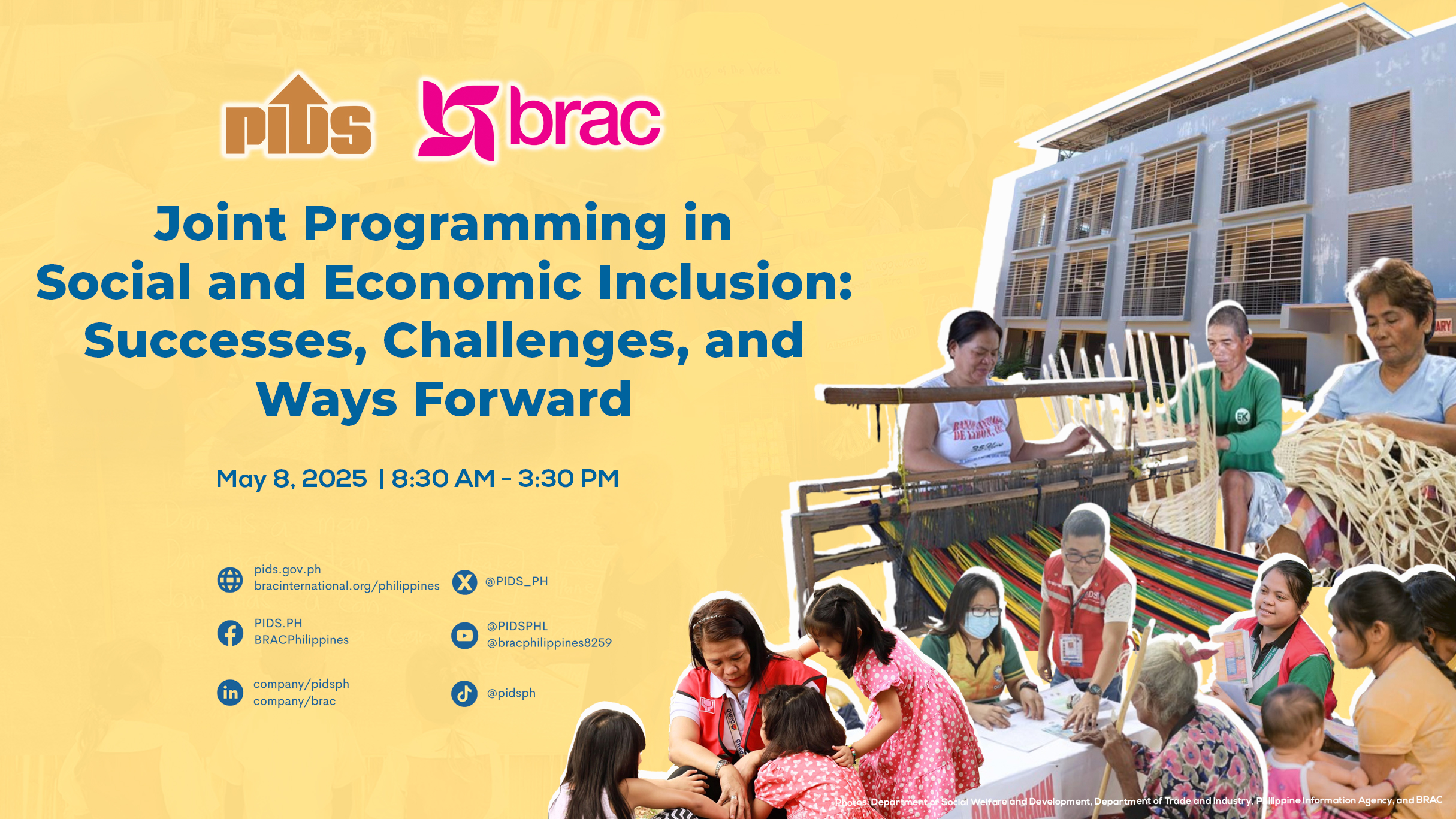This paper contributes to the literature on financial inclusion in the Philippines by examining three key financial services, namely, savings, credit, and insurance, and identifying individual socioeconomic characteristics that are associated with access to these financial services. Financial inclusion is also analyzed in the context of four geographical areas in the Philippines--National Capital Region, balanced Luzon, Visayas, and Mindanao--which provides more insights and a better understanding of financial inclusion. Using data collected from the national baseline survey of financial inclusion, estimation results indicate that sociodemographic characteristics such as age, sex, civil status, education, employment, and income are associated significantly with accessing various financial products and services. Findings also suggest similarities in the socioeconomic profiles of users and nonusers of financial services in the four geographic areas, while differences appear to be related to the presence of banks and other formal financial institutions. These results provide useful inputs to policy and strategies for attaining inclusive finance.
Citations
This publication has been cited 7 times
- Dayag, Antonio J. and Fernando Trinidad. 2019. . International Journal of Research in Business and Social Science (2147-4478), 8, no. 5, 172-181. Center for the Strategic Studies in Business and Finance.
- Sam, Vichet. 2019. . MPRA Paper 94000. University Library of Munich, Germany.
- Cuisia-Lindayag, Ann. 2018. . Manila Bulletin.
- Malaya Business Insight. 2018. . Malaya Business Insight.
- Ordinario, Cai. 2017. . BusinessMirror.
- Talavera, Catherine. 2018. . Philippine Star.
- The Daily Tribune. 2018. . The Daily Tribune.

